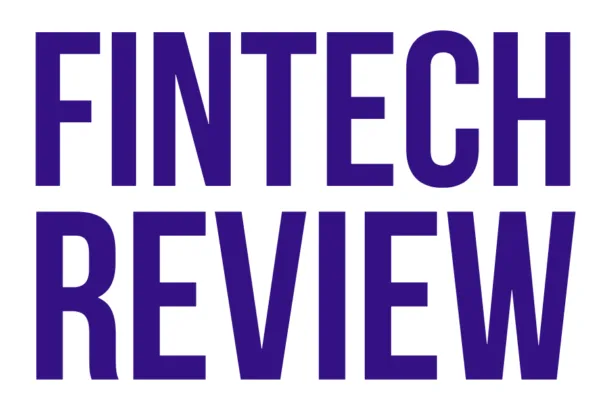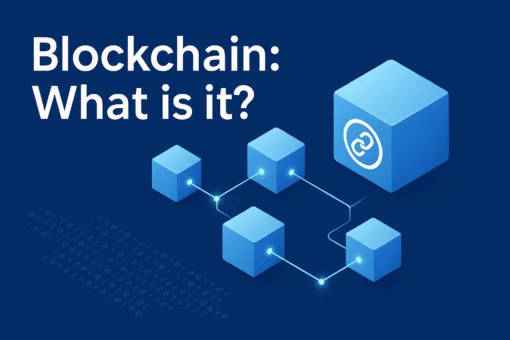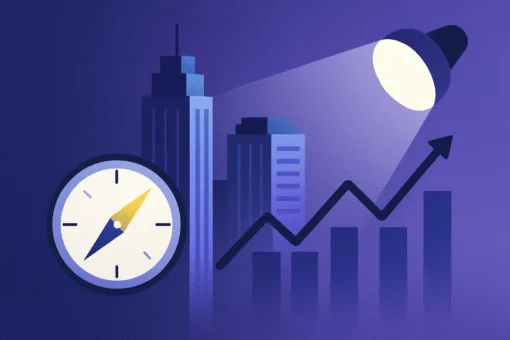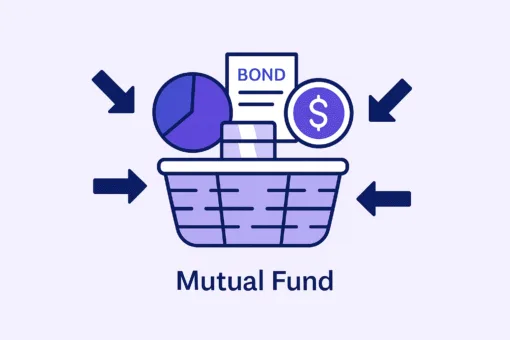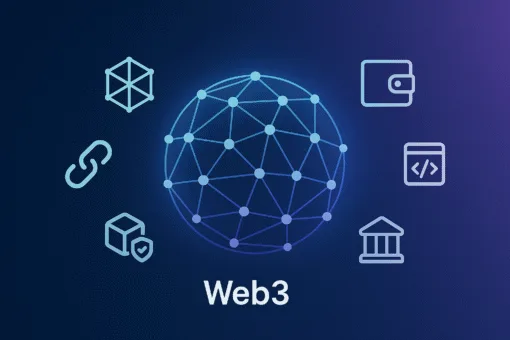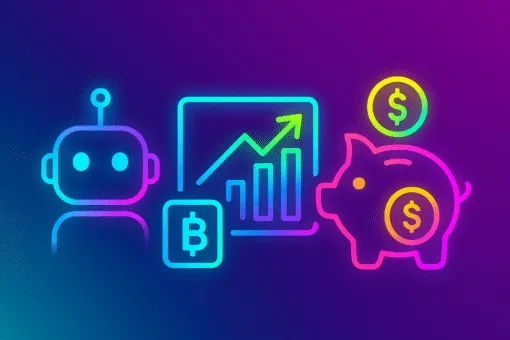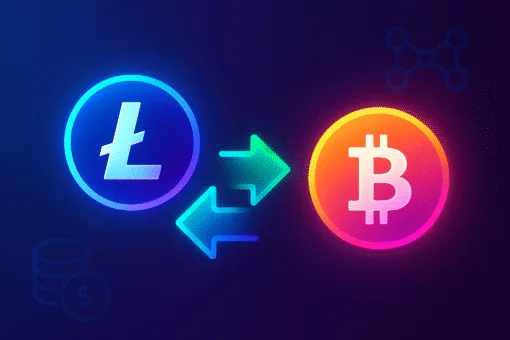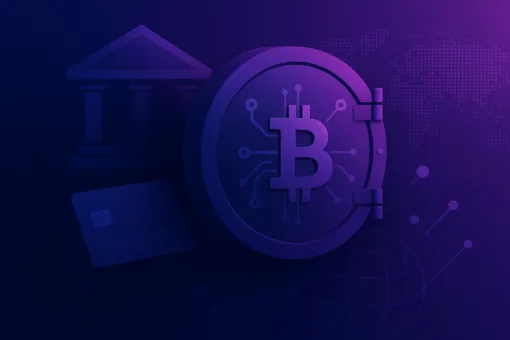By Abay Serkebayev from CFPS.
I don’t want to be unsubstantiated, but the pandemic has dramatically intensified the neobanking industry. Publicis Sapient’s research proves it: about 240 companies around the world operating in 2021 were established during the spread of Covid-19.
Saudi Arabia, for example, completely changed its economic model from cash to digital currency in just one year. This was made possible by both the pandemic and high oil prices. The country was able to channel profits into innovative technology. Similar transitions, though not on such a global scale, can be seen all over the world. In this way, the pandemic has given a boost to the development of neobanks. This is the positive picture the media is painting for us, but the reality is very different.
Conservative clients see high risk of neobanks
At the stage of deciding to launch my neobank startup, I came to the conclusion that I would have to compete not with my colleagues, other neobanks, but with commercial banks. If you pay attention to profitability indicators, then it becomes clear that, at the moment, neobanks are unprofitable. Even if you compare the number of neobanks in the European market in relation to the classic banks, it is zero. The industry of neobanks is underdeveloped. Only a small part of users turn to services of neobanks, more often they just use proven Raiffeisenbank, Deutsche Bank, Goldman Sachs, HSBC, BNP Paribas, Santander.
The only way to solve problems is to divert customers’ attention by getting them interested in simple and straightforward services. In this case, it is important to focus on one thing. For example, if you make an app for coffee drinkers that solves the problems of this particular audience, demand will not be long in coming. I believe that neobanks should fight a partisan battle with classic banks, offering their services in the market within narrow service areas. To do otherwise would be like fighting windmills. Covering problems and needs of all clients, it will be impossible to win the competition with a classic bank.
Neobanks don’t understand customer needs

We don’t fully understand the client, and the client doesn’t fully understand us. Let’s say you’re familiar with neobanks that provide a full range of services for gamers? There is no such thing. Nor is there a neobank that covers the problems of streaming services. This is why I talk about the need for local apps.
For example, my team focuses on generation X, Y, Z. These users are already used to online services and mobile apps. In this direction, it will be easiest to build a close relationship with the client and encourage them to abandon classic banks. First of all I plan to give them a good cashback and give them the opportunity to distribute their finances wisely. And now my team faces the main task: to explain to the client why we understand him and why he should trust us. Unfortunately, this is a global problem that cannot be solved within a single neobank.
Problem number 1: customers don’t trust
Classic banks are in unions, there is a close relationship between them, they agree with each other. Representatives of banking associations hold regular meetings and bring problems to the legislative bodies. This changes the investment and service climate. Non-banks cannot boast of such achievements. There is no association and cooperation there. They compete with each other, not realizing that some issues prompt them to come together and solve them together.
I think it’s time for the neobanks to come together. Looking back on my project, I realize that close relationships with other non-banks could have helped my startup. I’m sure I’m not the only one who has come to these conclusions. We need to make tactical alliances, share opinions, discuss even on a social media level. The problem of customer distrust can only be solved this way. Right now users see our disconnect and cannot fully open up. I will be glad to communicate with like-minded people and to lay the first brick of friendship between neobanks.
There is an often-quoted book in FinTech circles by Brett King, titled Bank 3.0: Why Banking Is No Longer Somewhere You Go But Something You Do. Classic banks historically have had a huge amount of transactions and expenses behind them that they can’t get rid of through their licenses and permits. Their main problem is the physical locations of their branches, providing services offline. Neobanks are devoid of these disadvantages and can become mainstream providers of financial services for users. That’s the future. Share your opinion in the comments.
